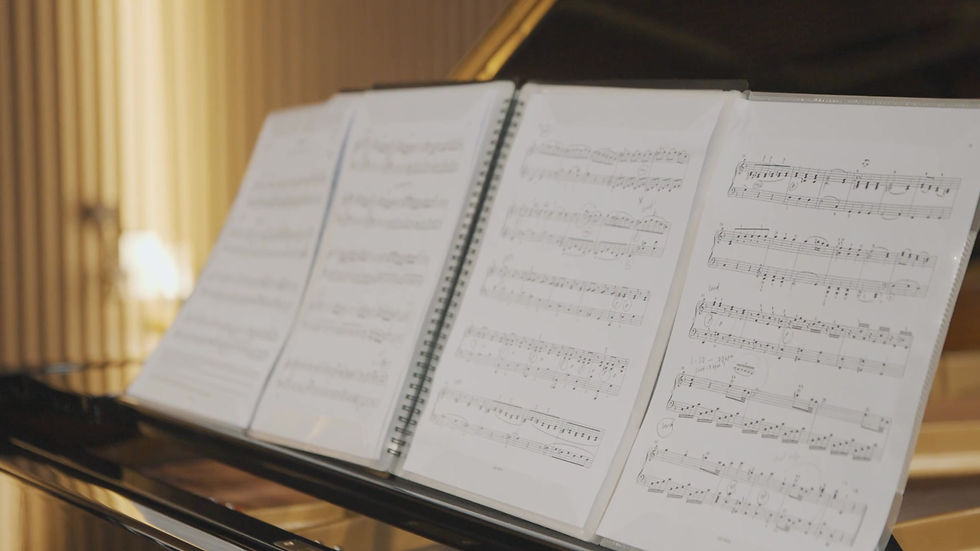Learning Outcomes
Our jazz piano lessons are structured to help learners develop the essential skills needed to play jazz with clarity and understanding, with concepts introduced progressively and reinforced through practical application.
Jazz Harmony Fundamentals
Learn the harmonic logic that underpins jazz progressions, and form a clear foundation for improvisation and accompaniment.
Jazz Improvisation Techniques
Develop practical approaches to improvisation, learning how to play lines with intention, and musical direction rather than guesswork.
Ensemble Skills for Jazz Pianists
Learn how to function effectively in jazz groups and jam sessions, comping, supporting soloists, and interacting musically in real time.

Who These Lessons Are For
These lessons are suited for pianists who:
-
Have prior piano experience and wish to move into jazz
-
Feel constrained by memorisation without understanding
-
Prefer a structured path over scattered material
-
Value disciplined, thoughtful study
-
Are interested in harmony, voicings, and functional improvisation
No prior jazz background is required.





